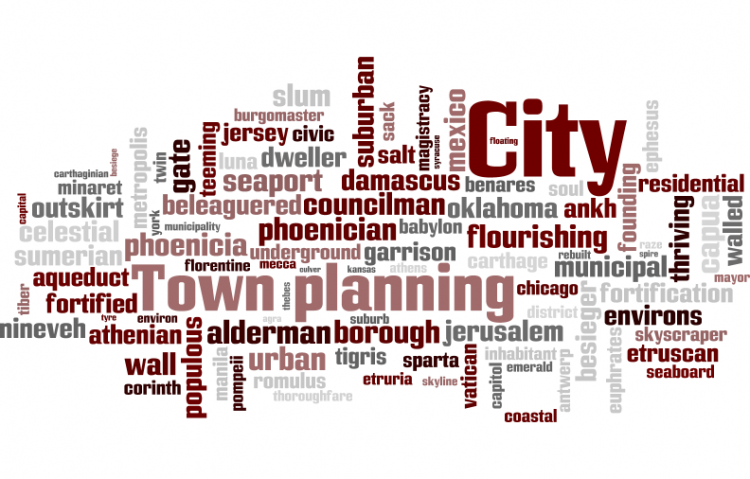
- Target:
- The Scottish Parliament
- Region:
- United Kingdom
- Website:
- www.wix.com
(Potted History & Video)
A HISTORY ERASED
Irvine New Town and IDC
Between 1966 and 1985, the magnificent medieval history of Irvine was inexplicably erased upon the introduction and implementation of Scotland's New Town vision - a plan that saw the evocative title "Ancient Royal Burgh of Irvine" transformed into the much-maligned "Irvine New Town".
We now know that the former council-endorsed version of Irvine’s history has failed to properly communicate, incorporate or connect with numerous game-changing royal sources from the years 1128 to 1406. The result is tragic and heartbreaking; modern Irvinites have been told that Irvine launched itself as a settlement in the late 14th and early 15th centuries.
SCOTLAND'S LOST MEDIEVAL CAPITAL
David I, John Balliol, Robert II & Robert III
Recent research by Morton Research Labs (2003-2009) has proven that Irvine began operating as an administrative centre for David I in the early 12th century, when he issued at least two charters (the primary hallmark of all medieval Scottish capitals) from his palace somewhere in the town (c.1128 & c.1138). Numerous subsequent charters were signed by the overlord of Irvine, the High Constable of Scotland, who had established his national HQ, or "military caput" (Military capital) somewhere in the town around the same time.
John Balliol, the legitimate Lord of Cunninghame, was feudal overlord of Irvine before and during his short reign as King of Scots in 1292-1296.
The first Stewarts, Kings Robert II and Robert III – descendants of the Dundonald-based High Stewards of Scotland - both issued numerous charters from Irvine between the 14th and 15th centuries.
A CENTRE OF GENIUS
Literature, Invention & Praise
In common with London and Edinburgh, and all other capital cities, Irvine in later years would help shape the minds and works of some of the world’s greatest historical characters; James Boswell was “quite comfortable” there. Daniel Defoe thought it one of the finest towns in one of the finest counties in the British Isles and was sore to leave it.
Like St. Andrews, Stirling, Edinburgh, Scone, and Glasgow – our more famous high status royal centres - Irvine culturally and economically outperformed almost every other settlement in Scotland for almost a thousand years.
The first Scots translation of the Bible was made in the Irvine valley. One of the oldest Syrian Gospels was discovered by twin sisters from Irvine. William Wallace is alleged to have gone fishing on the River Irvine and may even have been born in or around the town. Edgar Allan Poe may have attended school in Irvine’s kirkgate. The current deputy First Minister of Scotland, as well as the previous First Minister, were both born in Irvine.
A hotspot for local inventors, Irvine gave us the Pneumatic Tyre, water heated beds, a screw propeller and helped develop and enhance one of the first passenger railways in the world. A high speed suspension railway was invented and tested in Irvine shortly after the advent of train travel. A snow plough was devised. A tidal gauge, invented by a local man, was constructed at the coast. We could go on...
A CRUSHING ARCHITECTURAL REVIEW
Four years ago architecture critic Tom Dyckhoff (The Guardian) called Irvine a “droopy port” that hadn’t “seen its heyday in a century or two”. He reckoned the main shopping precinct was “one of the worst in Scotland” and observed that while “dour estates” like Broomlands, Bourtreehill and Dreghorn offered genuine “new-town bargains”, they should still be considered “bleak” by today’s standards. Published nationwide and republished worldwide on the net, the added testimony of one unimpressed resident (“much of the town is the pits”) no doubt added sea-salt to the wound. After all, this was part of Dyckhoff’s “where no one goes” series.
THE "OFFICIAL" HISTORY OF MEDIEVAL IRVINE
The previous medieval history formally adopted by North Ayrshire Council is still promoted by the Irvine Burns Club. It states that medieval Irvine was "created a Royal Burgh in 1372 by Robert II" and "was a major West of Scotland seaport before the dredging of the Clyde".
That's all they have to say about medieval Irvine. The 12th to 13th centuries have been completely cut out. No Wallace. No Bruce. No Balliol. No David I. No Robert II. No Robert III. No High Constables. No High Stewards.
We need to replace - as soon as possible - all descriptions of medieval Irvine that begin (and end) with the misleading supposition that Robert II founded a Royal Burgh there in the late 14th century.
A NEW FUTURE, A NEW IRVINE
We want the Ancient Royal Burgh of Irvine to be recognised for its contribution to Scottish history as a centre of learning, technology, agriculture and medieval administration.
We want you to want it too.
To all those brilliant people who choose to sign this:
All signatures will appear on the "I Saved Irvine" page on our website.
---
See links for more information:
MRLabs: http://www.wix.com/mr_labs/mortonresearch
Royal Irvine: http://mr-labs.wix.com/royalirvine
Visit us on Twitter: https://twitter.co/#!/MortonResearch
Visit our Facebook: http://www.facebook.com/RoyalBurghOfIrvine
We, the undersigned, call on the Scottish Parliament to have the lost capital of David I, the High Constables, High Stewards, Robert the Bruce, Robert II and Robert III formally and fully acknowledged and preserved as a medieval administrative centre.
You can further help this campaign by sponsoring it
The Recognise Irvine as a Former Medieval Administrative Centre petition to The Scottish Parliament was written by Morton Research and is in the category City & Town Planning at GoPetition.